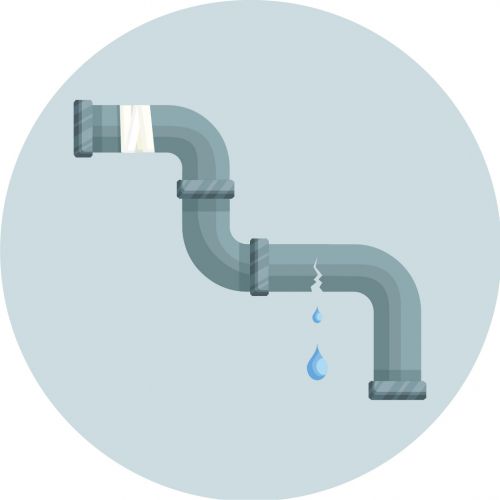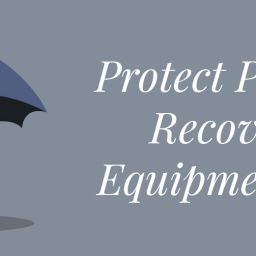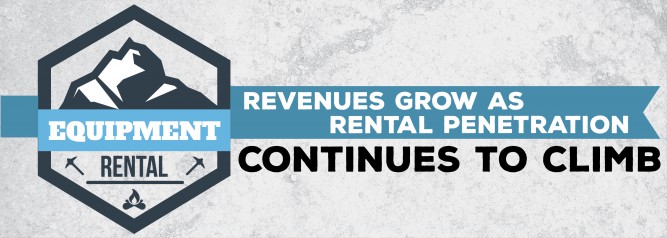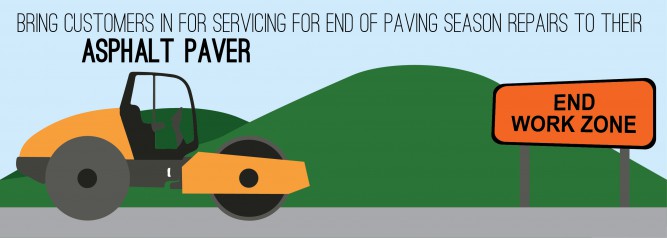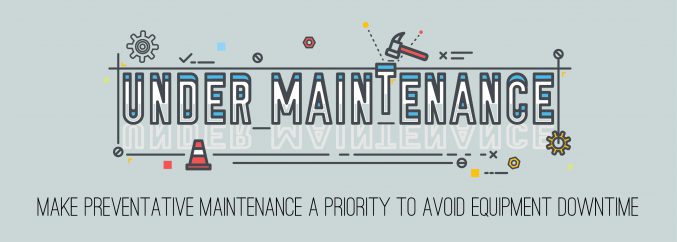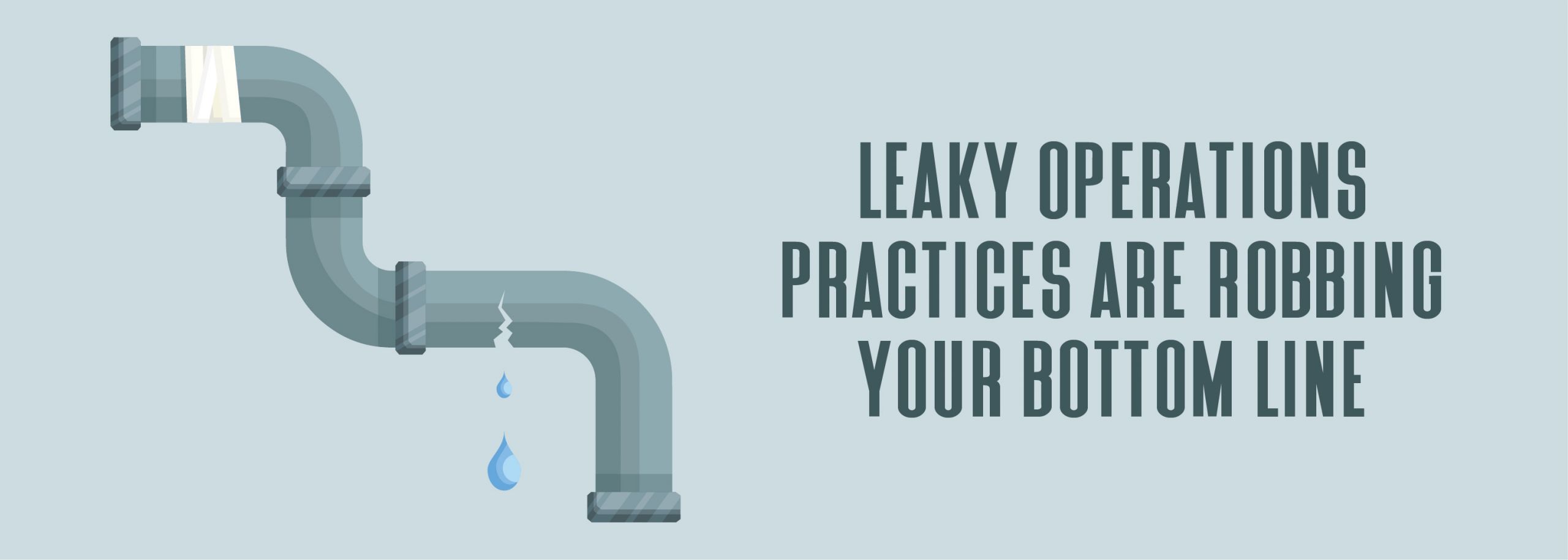
Leaky Operations Practices Are Robbing Your Bottom Line
You want your heavy equipment dealership to grow, and your team works hard to bring in as much business as possible each year. You’re profitable, and that’s great. But is all your hard work paying off as well as it should? All too often, companies allow precious revenue dollars to evaporate before they get to the bottom line. And that’s as true for your dealership as it is for the contractors you serve.
Plug those leaks, and you’ll make more money!
Here’s how. The tips below are designed to help your customers, so go ahead and share them. Nothing builds loyalty among customers like knowing you have their back when it comes to growing their own business. These tips can make your dealership more profitable, too, if you use the same techniques to analyze and modify your pricing and operations practices. Every “little” leak you plug will go straight to your bottom line. Plus, you’ll gain efficiencies that can benefit your dealership in other ways as well.
Tighten up your bidding/pricing
You don’t want to leave money on the table in the form of unnecessarily low profit, and you certainly don’t want to learn after the job is complete that you didn’t fully cover your costs. Unfortunately, though, this can easily happen if the markup rate you’re using is inaccurate. When was the last time you examined your overhead markup rate to be sure it reflects current costs – all of them? You can use this formula to double-check the accuracy of your overhead markup rate:
Total annual overhead costs ÷ total projected annual job costs
For labor, be sure you’re including all personnel-related costs in addition to hourly wages. Then, calculate how much work a particular type of worker can reasonably accomplish per hour – say, X cubic yards – and use that figure for bidding.
Create a bidding checklist and use it every time, to be sure nothing is overlooked. Give estimators enough time to produce a well-considered bid. While jobs are underway, compare actual production costs to bid rates on a monthly basis. Then, following each job, the estimator and foreman should review the bid to look for gaps or errors in projected production costs, to refine future bidding.
Put an end to profit attrition
Poor or incomplete cost estimating isn’t the only source of lost profits. Low jobsite productivity, lack of communication with project managers, and foremen who allow cost control to take a back seat to production all contribute to profit margin attrition.
Project managers and field supervisors should know their labor budgets as well as overall job costs as bid, so they can use that information to make informed production decisions. Create a scorecard that shows weekly production compared to budget, to track progress and keep cost control top of mind. How will costs to date affect final results versus budget?
One of the biggest and easiest ways to lose revenue is to allow free change orders. Sure, it can be faster to just do the work rather than getting prior approval, but you can’t charge for extra work the customer didn’t approve. Project managers and supervisors are responsible to keep production moving, but they have to be cost-conscious, too. Set up a system for managing change orders, including a policy that says work never happens without written and signed authorization.
Creating a rate sheet you can use to quickly figure time and materials for change orders will facilitate the process. Just as with estimating original job costs, be sure to include not only crew labor, but costs for supervisors, supplies, tools, extra equipment, insurance and other related costs that may be required.
Use budget review as a form of preventive maintenance
Cost control requires continuously reviewing the job’s budget versus actual costs. Project managers have a lot on their plate, but being “too busy” to monitor production costs is the same as being “too busy” to prioritize safety. It could cost you dearly in the end. There are some steps you can take to simplify budget monitoring:
- Assign one person to be responsible for achieving field production and cost goals. Hold weekly meetings as noted above where all supervisory personnel can review production/cost scorecards.
- Create jobsite rules that cover everything that affects daily production – equipment inventory and maintenance, break times, even personal behaviors such as music and smoking. This keeps everyone focused on the job at hand, positively.
- Ask field supervisors and foremen to project scheduling needs two weeks in advance – looking ahead can help costly surprises such as the need for last-minute overtime.
- Do a walk-around site inspection with the customer before assuming work is complete. That way, if something is amiss, you won’t have to waste time and money calling back crews and equipment that have moved to another site.
Don’t do work that doesn’t pay well
You cannot “make it up in volume” if you keep taking on work that doesn’t provide a suitable profit margin or creates other types of problems for your business. The time you’re spending on those jobs and headaches could be directed toward identifying and bidding on jobs that make more sense for your firm, functionally as well as financially. So, while you’re reviewing your bidding and budgeting practices, you’ll be more profitable if you also review your targeting and marketing practices.



